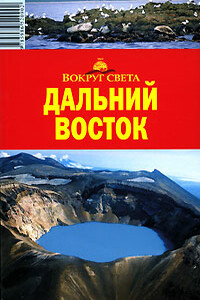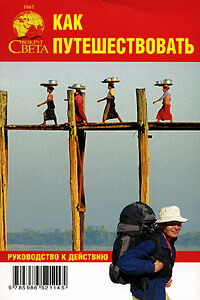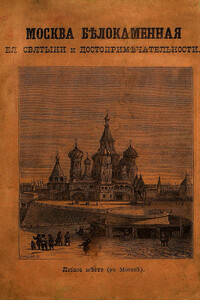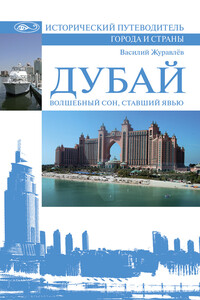Русский изразец | страница 7
Ceramics is one of the oldest achievements of mankind. Its history can be traced back thousands of years and encompasses a great number of different articles - from rough and heavy bricks to porcelain cups. The Russian tile occupies a worthy place in this history.
The State History Museum possesses a vast collection of Russian tiles, numbering about 7,500 items.
A tile is a variety of facing ceramics employed in architecture and interior decoration. A clay boxlike bedplate on the back side is designed for fixing the tile to a wall or stove. Each epoch left its imprint on tile ornament. Only clay as the material, and production technology consisting of forming, drying and baking were common to all epochs. For glazed tiles the technique included further glaze coating, ceramic paints colouring, and a second firing.
The first tile-makers lived in the Potters' Quarter in big towns and monasteries of old Russia. From times of old Moscow was one of the largest tile production centres. Fifteenth century terra-cotta relief plaques marked the beginning of tile-making. They replaced labour-consuming white stone carvings in exterior decor. Bands and friezes of plaques harmonized with the developing brick construction. Floral patterns dominated in the ornamentation, animal images were used less often. Terra-cotta plaques were whitewashed to achieve the effect of white stone.
Sixteenth century relief red tiles were used for quite different purposes. They were made of slightly processed natural red clay. The obverse was impressed in carved wooden moulds. Bedplates were made by a potter's wheel or by specially applied clay layers. Tile-clad stoves were whitewashed and that is why some tiles have retained lime traces on the face. Not a single stove with red tiles has been preserved till our day and only modern reconstructions allow us to judge what their form was. The ornamental patterns are floral, executed in the "double rope" technique called "weaving", or thematic. The themes were intricate, sometimes amusing, often - dramatic. Some depicted the siege of a fortress by foot and mounted warriors, Alexander the Great's campaigns, fantastic unicorns, many-



